Kalyanam
Wedding at Palasa
Enchanting indoor and outdoor locations play host to every meaningful ritual and that magical moment when two lives entwine, surrounded by love at one of the most magical wedding venues in Muzaffarnagar. At Palasa, we are here to make every special occasion a seamless experience for you and your guests- from the multiple venues for the ceremonies to a dedicated space created for the vedi, after-party arrangements to the menu choices for banquets and bar right up to the in-room service packages. Our dedication and services ensure that your special day goes off without a hitch. Every detail, from dining and decoration to photography and entertainment, is exquisitely tailored to create a spectacular once-in-a-lifetime celebration that’s everything, and much more than you could ever imagine!! When you have a wedding at Palasa, you can just sit back and relax as we pamper you and your guests to make this the celebration of a lifetime!! We are committed to delivering the perfect wedding for you.
THE BIG FAT INDIAN WEDDINGS
Traditional Indian weddings are holy and happy celebrations that are fun and fascinating. All that colour, glitz, music, food and different wedding functions make them the memorable and enjoyable functions that they are.
Roka
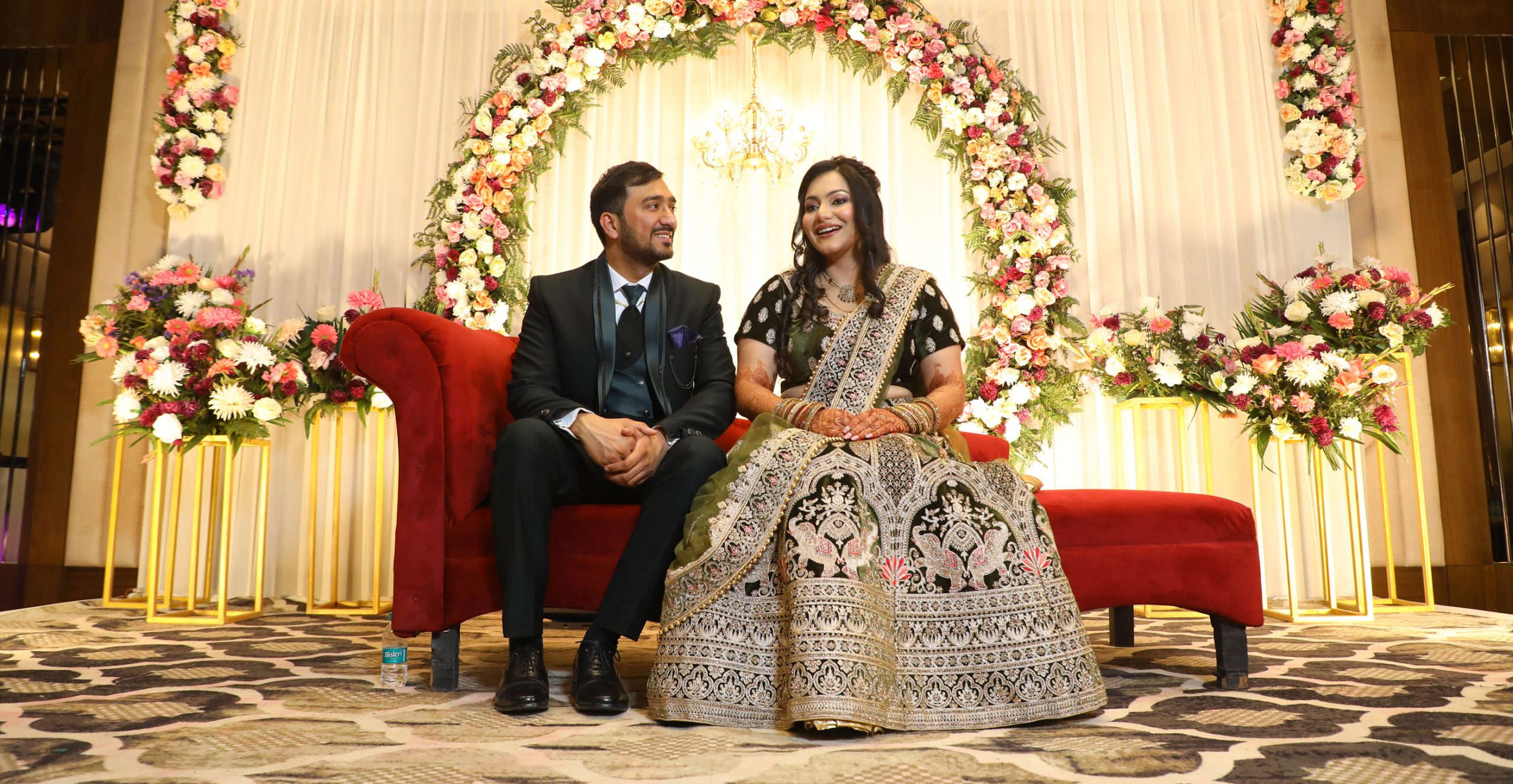
The Roka ceremony is the first stage in the process of getting married. In Indian marriages, it is one of the most important pre-wedding rites. The boy, along with his parents and other family members, sees the girl first under an Indian system. If the girl and boy like each other and agree to marry, the girl’s family will offer the boy money, sweets, and gifts, while the boy’s family will give the girl money, sweets, and gifts, such as gold jewellery, among other things. This is called Roka, which means to book the girl and the boy for marriage on a future date. More often than not, this ceremony takes place on a small scale. However, some people prefer to host it on a large scale celebration, both the families invite their close relatives and friends. A Pandit is also arranged for performing pooja. Both the families gather at the venue; they exchange sweets, fruits, gifts, dry fruits, etc., with each other and bless the couple.
Ring Ceremony
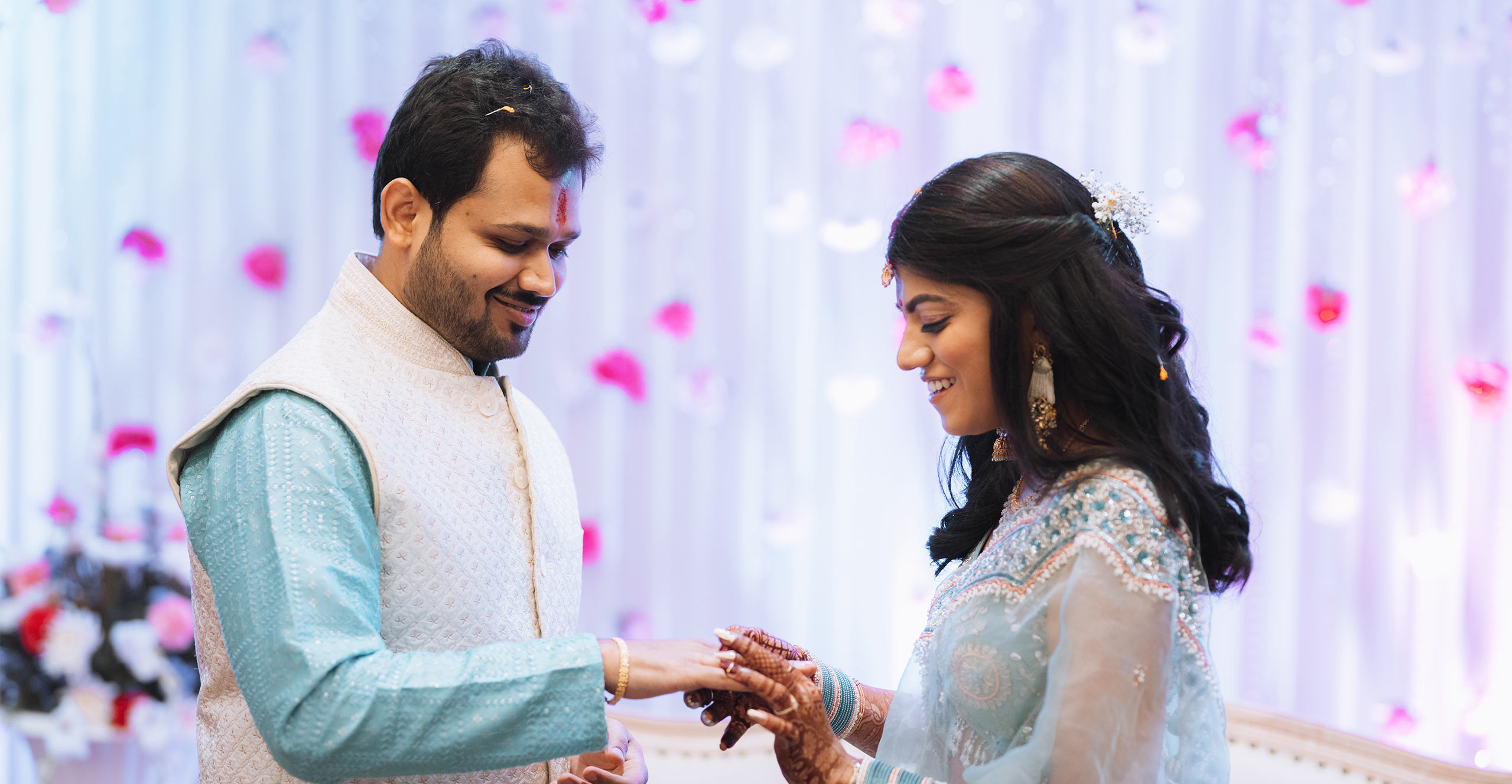
Rings have been shared as a symbol of love for thousands of years. The pledges you’ve made today will live on in your hearts and minds forever, but words fade, so those who married wear rings as physical, natural markers of their love and dedication. The wedding ring is a representation of eternal love. It’s an outward manifestation of an interior and spiritual relationship that binds two hearts together in eternal love. We will now exchange rings to symbolise your passion and desire to be permanently united in heart and soul. There are two rings because there are two persons, each of whom is expected to contribute to the other’s life and their new life together. The rings are in the shape of a circle, a sign of eternity or everlasting. Its endlessness is the ultimate emblem of oneness and unity - no beginning, no end.
Mehndi
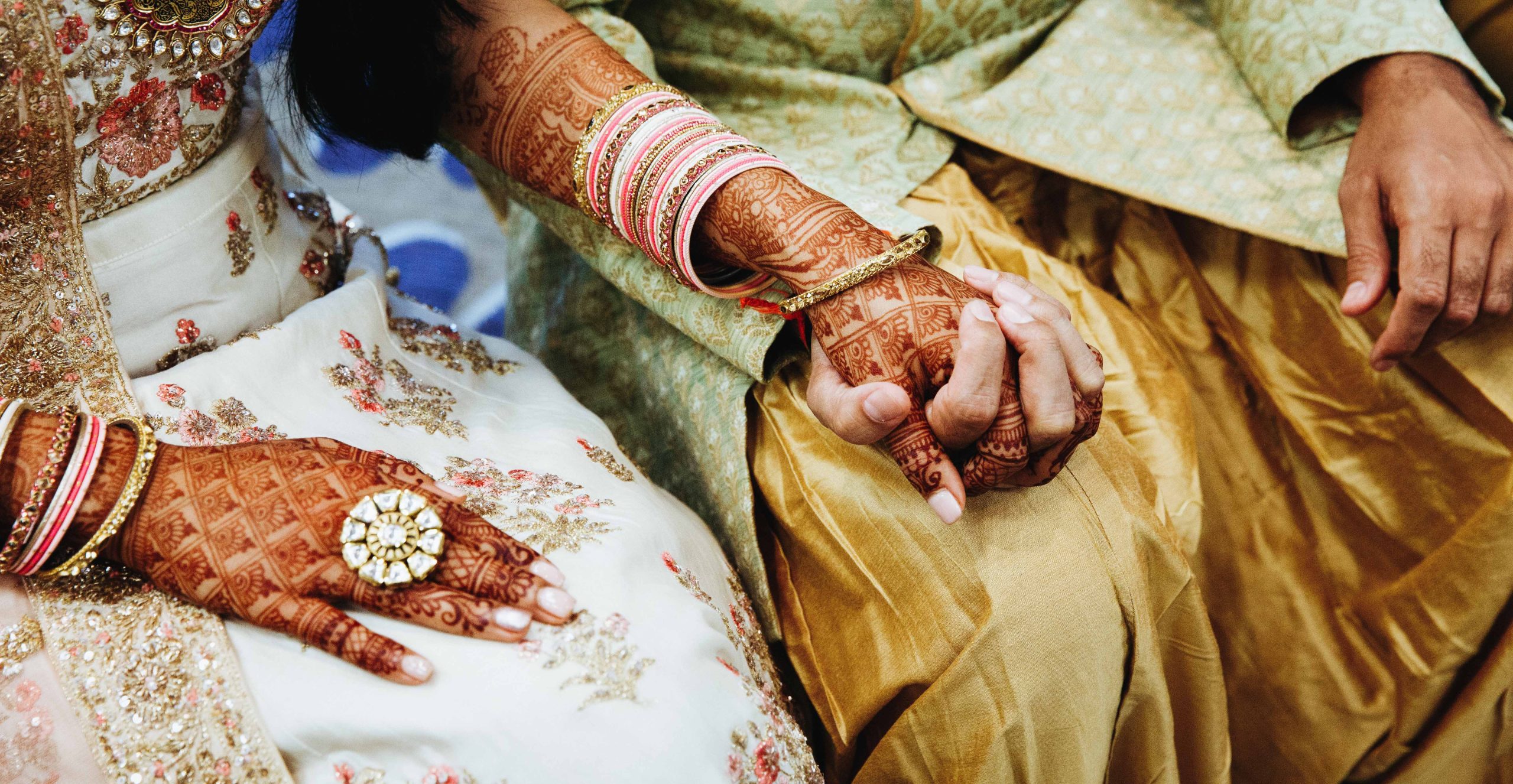
The first of the wedding functions, the Mehndi ceremony, celebrated in numerous Mehndi songs in Bollywood, is one of the foremost documented and loved pre-wedding ceremonies within the country! Traditionally a part of the Solah Shringhaar (the 16 adornments for a married woman), Mehndi is a near-permanent fixture in Sikh weddings and is sort of fashionable for would-be brides from other religions too. Regional variations for Mehndi include common Rajasthani Mehndi, and Arabic Mehndi designs adorn both hands and feet. Modern interpretations of this wedding function include personalised mehndi, minimal mehndi and even reverse Mehndi designs. Specific plans for fingers, palms and feet and arms also are in high demand.
Haldi
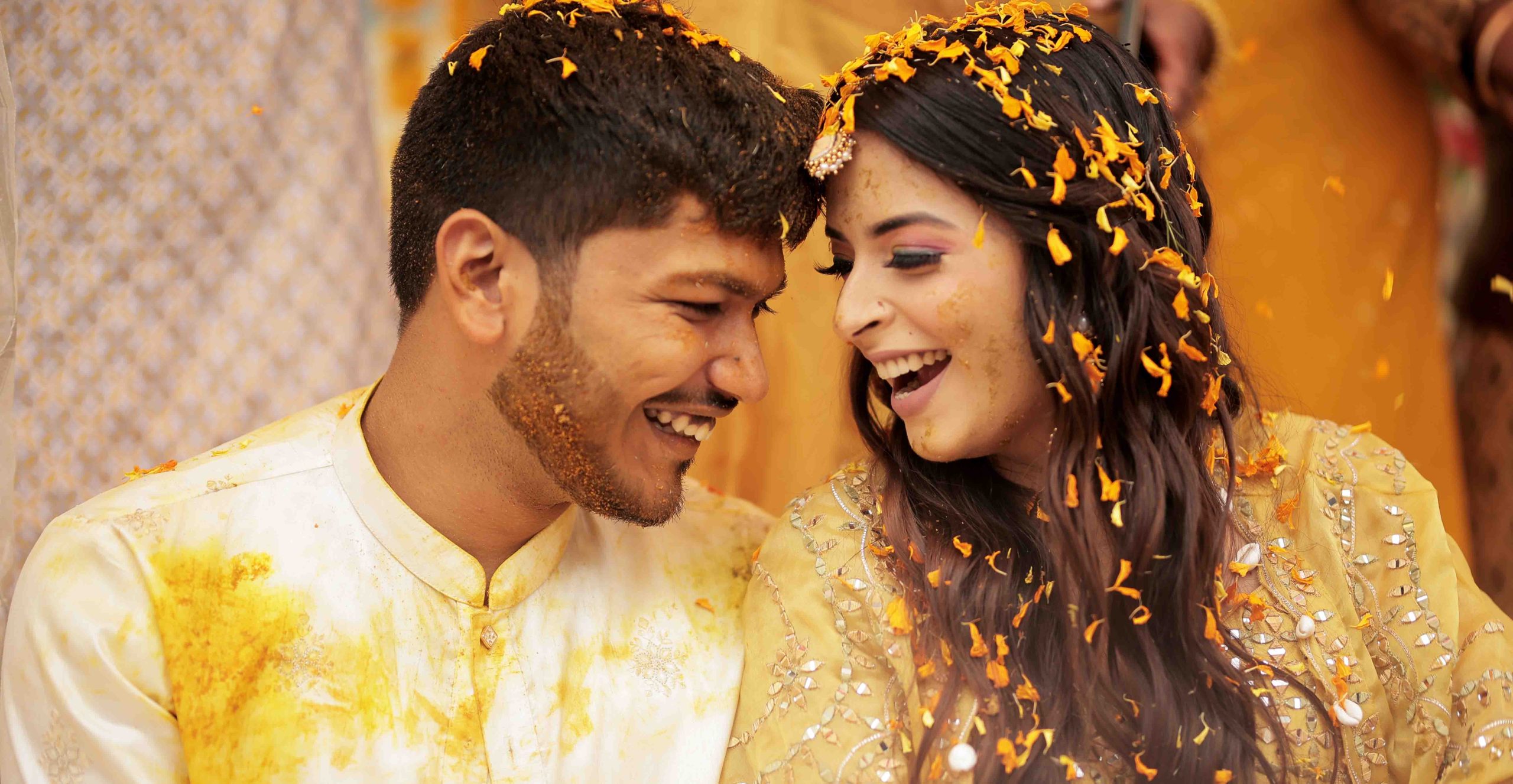
If the only purpose of the Haldi function was to purify oneself with the cleansing, antiseptic and beautifying properties of turmeric, it might be retained within the current bridal makeup routine. However, applying Haldi, often mixed with sandalwood powder, perfume and milk, does immensely enhance the complexion of the bride and groom. The ceremony within the range of Indian wedding functions is performed each day before the marriage or on the day itself. It is, in fact, a chance for all friends and family to increase their good wishes and blessings to the happy couple. Haldi is assumed to be effective in avoiding the look of Buri Nazar. in addition, its yellow colour is deemed promising, a logo of happiness and prosperity. Funnily, it isn’t just the bride and groom who get a dab of the paste. Unmarried men and ladies also line up for a few Haldi fun because the act is believed to enhance their marriage prospects. Everybody trying to find an appropriate partner or hoping to get hitched soon - confirm you’re present at every Haldi function you’ll attend!
Sangeet
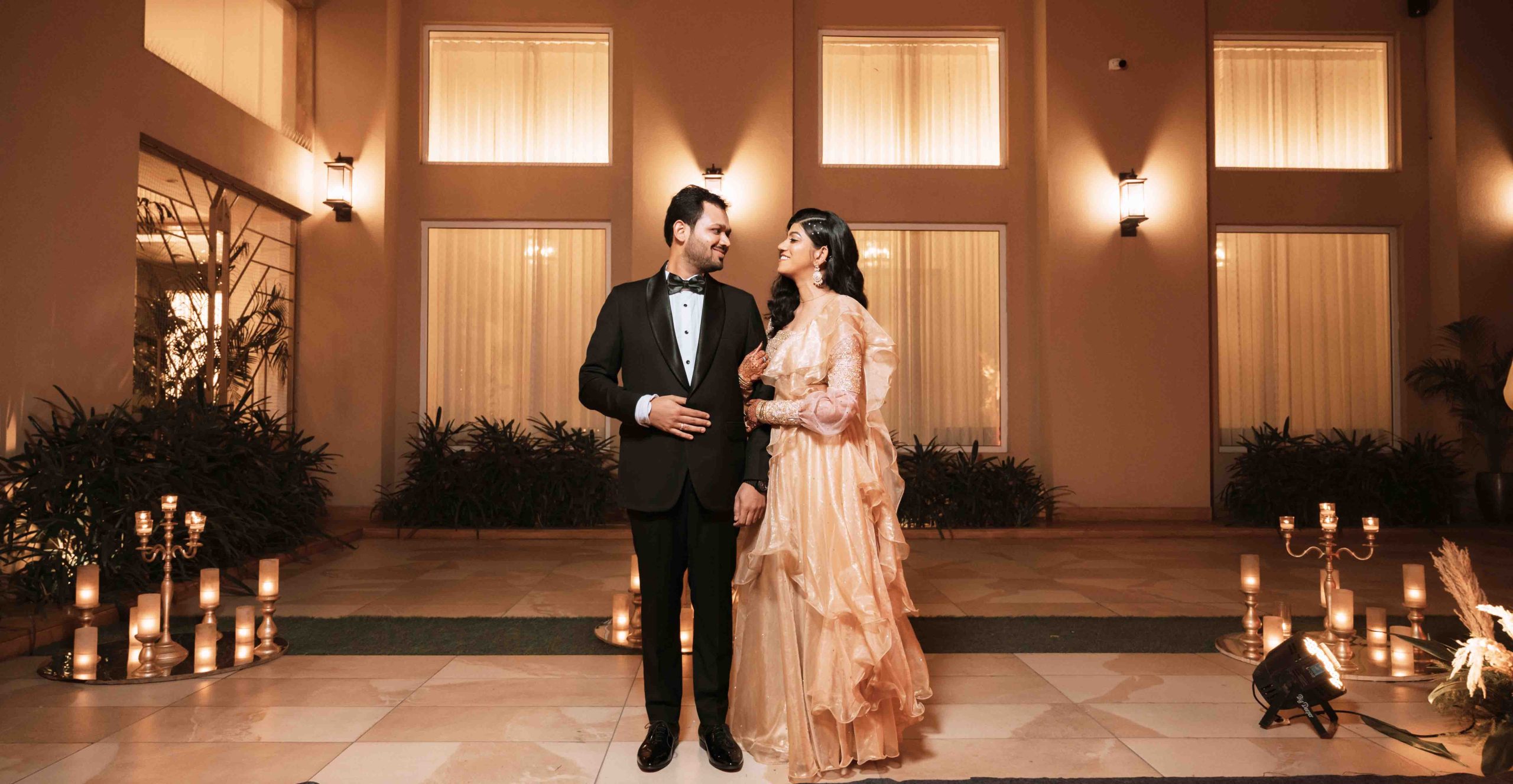
Indian weddings are vibrant, intricately planned, culture-rich festivities full of celebration and tradition. A Jaimala or Varmala ceremony is one of the foremost well-recognized ceremonies at wedding functions. Exchanging wedding garlands is an unmistakable sign of a bond between the couple: binding one another, heart and soul - the essence of this beautiful and repeatedly deeply emotional ceremony. The word Phera translates to ‘circling’. When it involves Indian weddings, it’s the bride and therefore the groom circling the holy fire, every revolution signifying a promise, every gesture serving a particular purpose! A tearjerker of a ceremony, Bidaai is the act of the bride saying goodbye to her family and friends as she gets able to leave with the groom and his side. We sleep in a time where technology has rendered distances meaningless.
Wedding

Indian weddings are vibrant, intricately planned, culture-rich festivities full of celebration and tradition. A Jaimala or Varmala ceremony is one of the foremost well-recognized ceremonies at wedding functions. Exchanging wedding garlands is an unmistakable sign of a bond between the couple: binding one another, heart and soul - the essence of this beautiful and repeatedly deeply emotional ceremony. The word Phera translates to ‘circling’. When it involves Indian weddings, it’s the bride and therefore the groom circling the holy fire, every revolution signifying a promise, every gesture serving a particular purpose! A tearjerker of a ceremony, Bidaai is the act of the bride saying goodbye to her family and friends as she gets able to leave with the groom and his side. We sleep in a time where technology has rendered distances meaningless.
Request for Quote
- Copyright © 2023 Palasa Hotel and Resort. All Rights Reserved.

